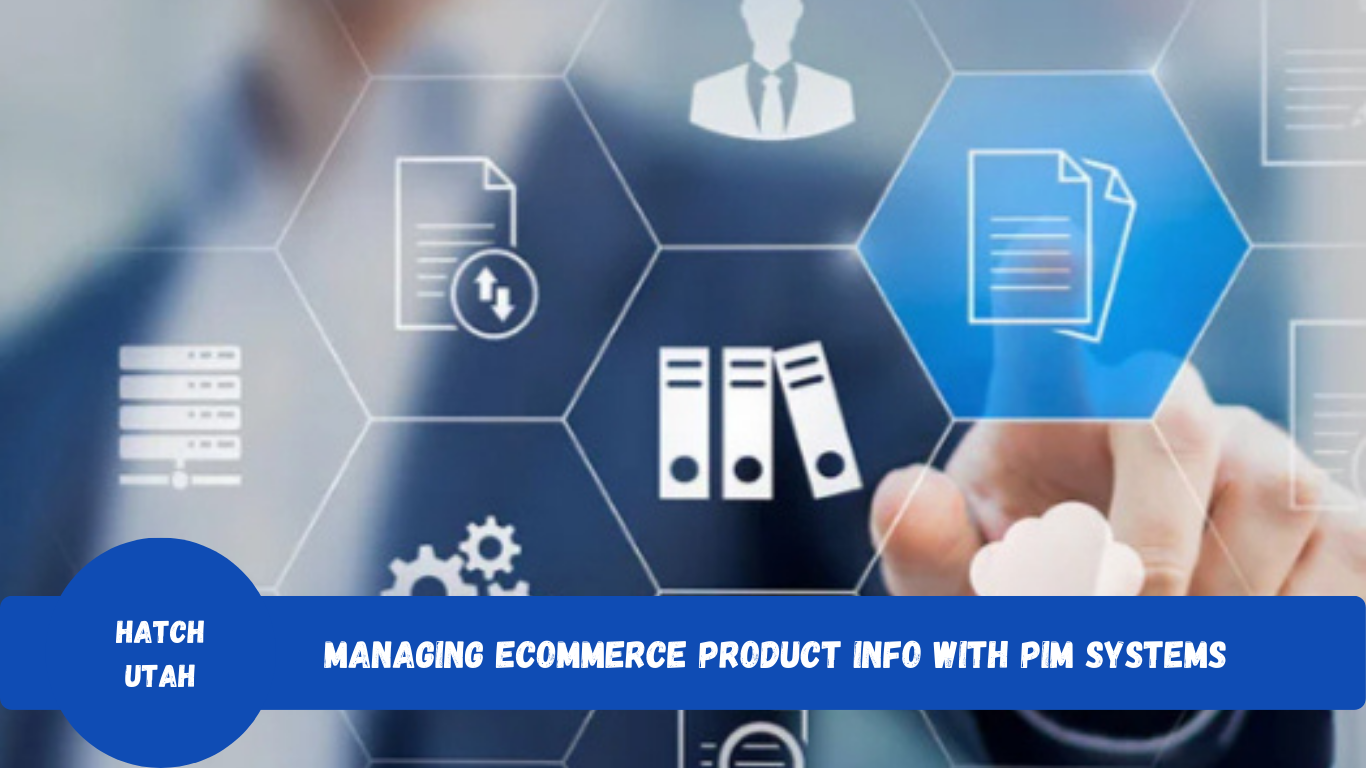Introduction to Product Information Management
Any e-commerce business depends on managing product information to survive. A strong Product Information Management (PIM) system becomes indispensable given the growing complexity of product catalogs and the necessity to preserve consistent and accurate data across many channels. PIM solutions guarantee that businesses may provide a flawless and error-free client experience by helping to centralize and simplify the management of E-commerce product information.
Centralize Product Data for Consistency
The capacity of a Project Information Management PIM system to concentrate all product data in one place is among its most important benefits. Whether your website, mobile app, or outside markets, centralized data management guarantees uniformity among all sales channels. Keeping all product information—including descriptions, specs, photos, and pricing—within a single repository helps businesses minimize mistakes and inconsistencies that are typical of data management across several systems.
Improve Collaboration Across Departments
PIM systems help several departments inside a business to work more cooperatively. Everyone may access and update the same set of data whether it comes to marketing, sales, or product development, so reducing the likelihood of false information. Teams may collaborate more successfully thanks to this shared access, therefore guaranteeing that the most current and correct E-commerce product information is available across all media.
Enhance Data Quality with Automated Processes
In e-commerce, where inaccurate or out-of-date product information can cause consumer discontent and lost sales, maintaining good data quality is absolutely vital. Automated data validation and enrichment features built into PIM systems guarantee that your product data is accurate and whole. Automated systems assist you keep the best standards of data quality by spotting missing qualities, pointing up discrepancies, and even suggesting enhancements.
Optimize Product Listings for SEO
Getting visitors to your e-commerce site depends on search engine optimization (SEO). PIM systems guarantee that all pertinent keywords and metadata are used appropriately, therefore helping to maximize product listings. Using PIM helps businesses to guarantee that their E-commerce product information is optimized not just for consumers but also for search engines, therefore enhancing visibility and ranking in search results.
Simplify Multichannel Management
Organizing product data across several platforms might be intimidating. By letting businesses update and disseminate E-commerce Product Info across all channels from one platform, PIM solutions help to simplify this. A PIM system guarantees consistent, accurate, and current product information across all touchpoints whether your sales are made on your website, via social media, on several online markets.
Streamline Product Launches
For e-commerce businesses, product introductions are vital events; having a PIM system in place will help to greatly expedite the process. Teams can rapidly get the required data for marketing campaigns, website updates, and inventory control by means of all product information centrally maintained. This speed and efficiency let businesses enter the market faster, therefore guaranteeing that fresh items reach consumers without delay.
Measure and Improve Performance
At last, PIM solutions provide strong analytics tools that let businesses evaluate their efforts at product information management. Data analysis of consumer interactions, sales, and product listings helps businesses to make informed decisions and find areas needing work. This ongoing feedback loop guarantees that your E-commerce product information is always in best shape for performance.
Conclusion: The Role of PIM in Ecommerce Success
In essence, any online business depends on efficient management of Ecommerce product info; PIM systems offer the means to do this. PIM solutions support businesses to keep accurate, consistent, and high-quality product information across all channels by centralizing data, promoting cooperation, improving data quality, and optimizing for SEO. Following best practices in product information management might result in improved customer happiness, more sales, and eventually e-commerce success.









